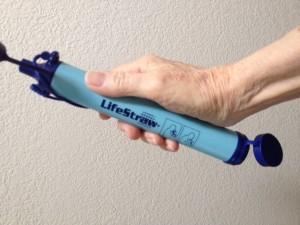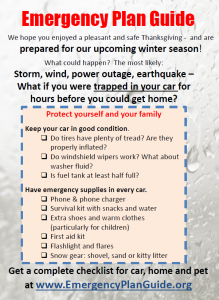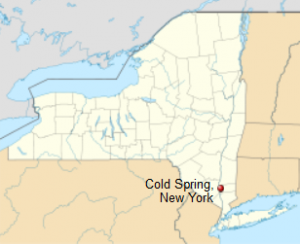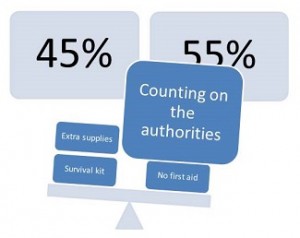Commuter’s Go Bag — Will the road home get you there?
My daughter’s long commute by car.
 One of my daughters is an executive and works in Beverly Hills, California. With no real public transit available she is forced to drive over 100 miles to and from work, spending a total of almost four hours on the road every day. Every morning she sets out in her executive clothing and footwear and with a list of business phone calls to make along the way.
One of my daughters is an executive and works in Beverly Hills, California. With no real public transit available she is forced to drive over 100 miles to and from work, spending a total of almost four hours on the road every day. Every morning she sets out in her executive clothing and footwear and with a list of business phone calls to make along the way.
With two children in separate schools and on different schedules, her chances of a speedy reunion with family following a major earthquake are slim. Roads and freeways could be restricted for use by emergency vehicles responding to calls . . . or even possibly blocked by collapsed bridges and overpasses. At the very least, if the earthquake happens during the workday, roads will be massively congested with people trying to reach home.
If she had to walk to get home . . .
. . . she could. But 50 miles could conceivably take days.
Fortunately, she is conscientious and, of course, has me to help keep her on track!
What’s in her personal Commuter’s Go Bag?
In the trunk of her car she carries a Commuter’s Go Bag that we put together just for her. It has the usual Survival Kit items that you’d expect: walking clothes including comfortable shoes, a jacket, some energy bars and water, a portable radio, and a flashlight with extra batteries. There’s a notebook and pen. And because this is California, she has a space blanket AND an extra pair of sunglasses.
In addition, she carries extra prescriptions for a medical condition, and some cash (coins and small bills).
And because she is competent to deal with it, she has pepper spray.
Perhaps most important, she has paperwork: a list of contact numbers including some for family out of state, and maps that show her route and alternate ways to get home. (GPS may well be out.) She has teamed up with other employees who live in the same general area so they could travel in groups, and they have made note of “safe house” locations along the way where she — and any companions – can stop and rest.
She is good about keeping her car’s gas tank at least ¾ full at all times. If there is a general power outage that could last for days, neither ATMS, Credit Card Processors nor gas station pumps are likely to be operating, of course. I have suggested to her that a small, plastic, fuel canister and siphon hose that could siphon gas out of other stranded commuters’ cars may come in handy along the way! (She gets the concept, but hasn’t been ready to practice siphoning yet . . .!)
Finally, my grandchildren also have emergency supplies at home and know where to go and whom to call following a major emergency because neither mother nor dad is likely to get home any time soon.
Doesn’t it make sense for the commuters you know to have such a kit?
Putting together all the items mentioned above would cost about the same as a tank of gas. Naturally, you’ll have to complete your kit with more personal stuff.
Let us know how it goes!
Joe Krueger
Your Emergency Plan Guide Team
P.S. We added an emergency kit to our granddaughter’s car too. Here’s the story!





 ◊ 48% of Americans don’t have a survival kit or emergency supplies.
◊ 48% of Americans don’t have a survival kit or emergency supplies.

